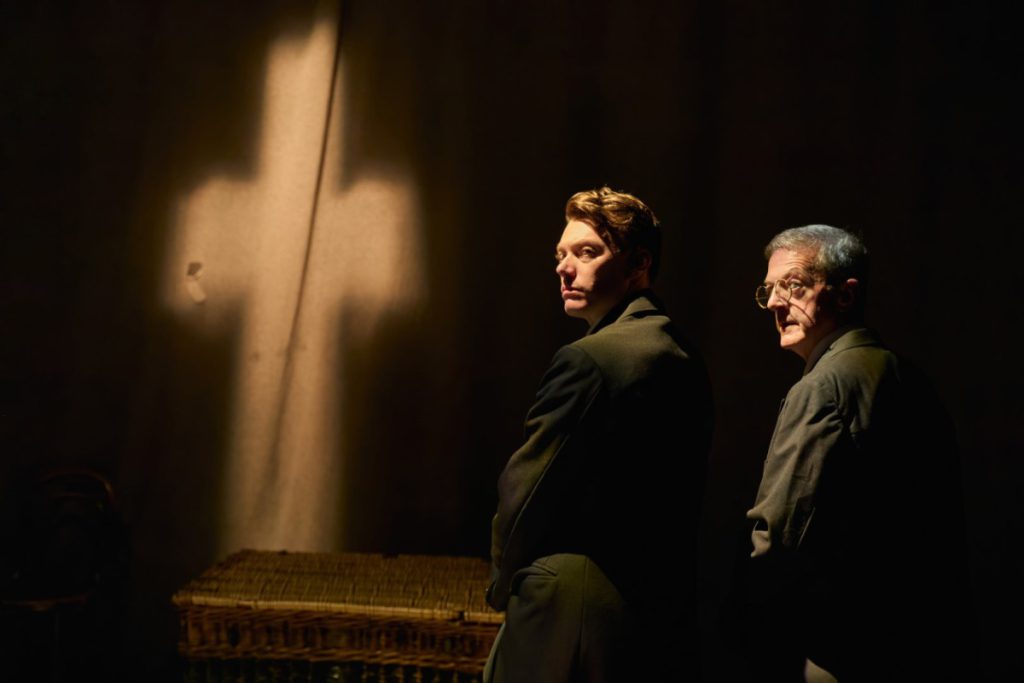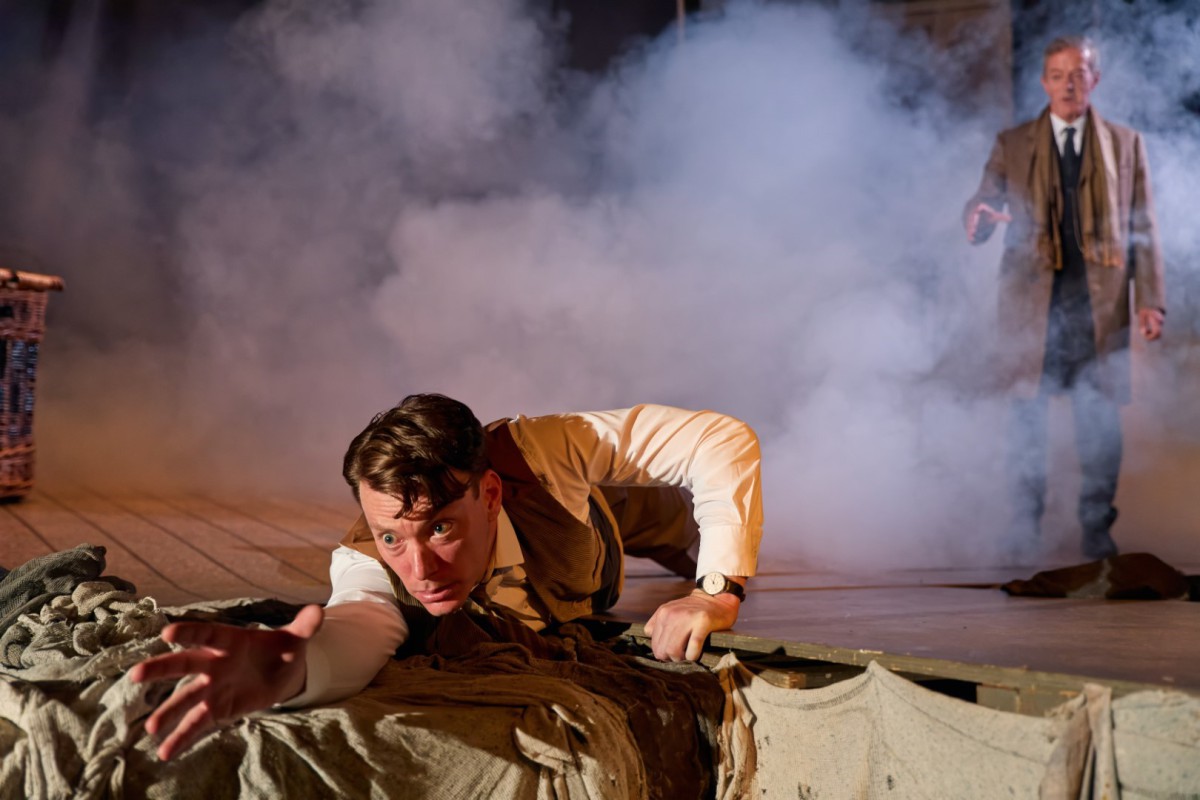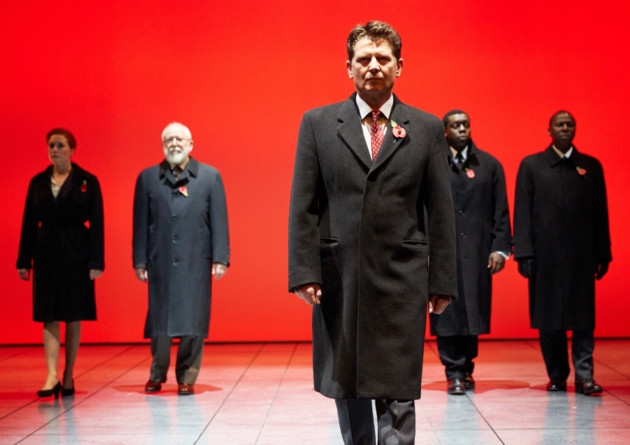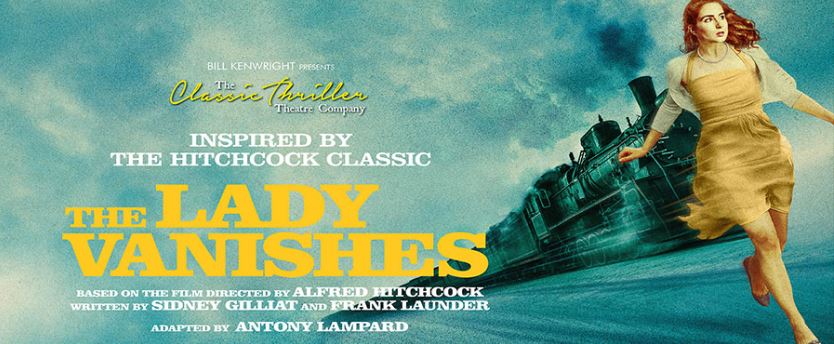If the arctic weather isn’t giving you enough chills, this simple but powerful adaptation of Susan Hill’s ghost story has every chance of making your blood run cold.
The original story (with hints of Bram Stoker’s Dracula) sees young solicitor Arthur Kipps sent to a cut off and desolate house to tend to the affairs of the deceased widow Mrs Drablow. There he finds the natives restless at the prospect of him visiting Eel Marsh House, and ever escalating supernatural occurrences.
In Stephen Mallatratt’s clever staging, the now elderly Kipps is helped in a retelling of the story by a young actor who takes on the role of the tenacious legal hero, while Kipps fills in the bit parts. The two inhabit a simple stage set with a wicker basket playing the part of a desk or a pony trap, and explicit theatrical tricks of sound and light bringing the story to life.

It’s a devastating simple approach which has its roots in the first production in a Scarborough pub nearly 40 years ago. Since then the play’s success has seen it enjoy a 30-year plus run in London’s West End and numerous UK tours. It remains a love letter to the power of theatre as much to Hill’s storytelling and while apparently basic it asks a lot of the two principals:
Malcolm James as Kipps and Mark Hawkins as the actor rise magnificently to the occasion, from James’ initial deadpan delivery to Hawkins’ frantic amazement as the unbelievable appears before him. The early scenes are as much a buddy movie as a horror show, and the warmth of their growing relationship serves as a devastating fillip to the story’s final twist. Robin Herford’s direction ensures a smooth transition between the earlier lighter scenes to the darkness that ensures.
Michael Holt’s design, together with Kevin Sleep and Alexander Hannah’s lighting and Rod mead and Sebastian Frost’s sound, is restrained to the point of perfection, with just the recorded tick tock of a clock or the flickering of a light transporting us to somewhere new.
There are relatively few actual jump scares but the piece’s power lays in the anticipation, and the communal experience that theatre can excels. Perhaps like it’s ghostly topic, it needs to be seen to be believed.
- The Woman In Black continues at Norwich Theatre Royal until Saturday 20 January 2024, with tour dates including Ipswich Regent from Monday 4 March to Saturday 9 March 2024.



